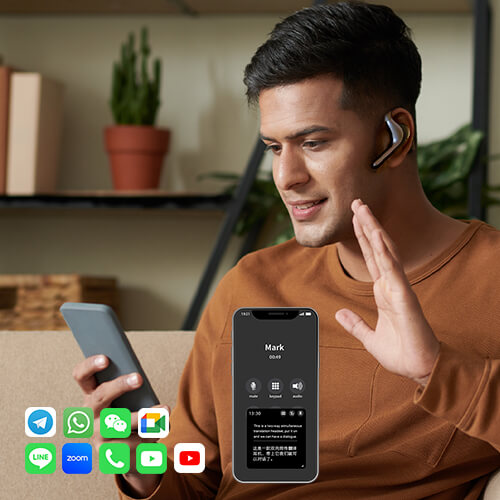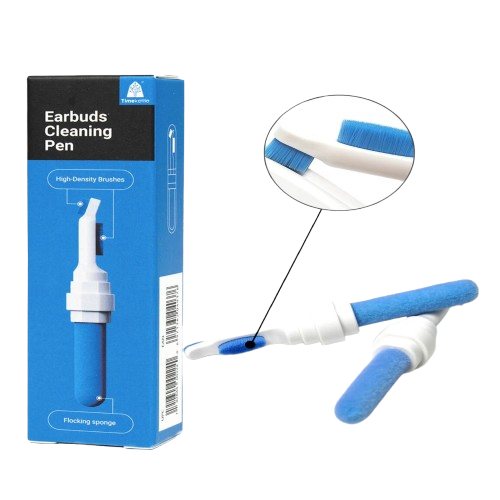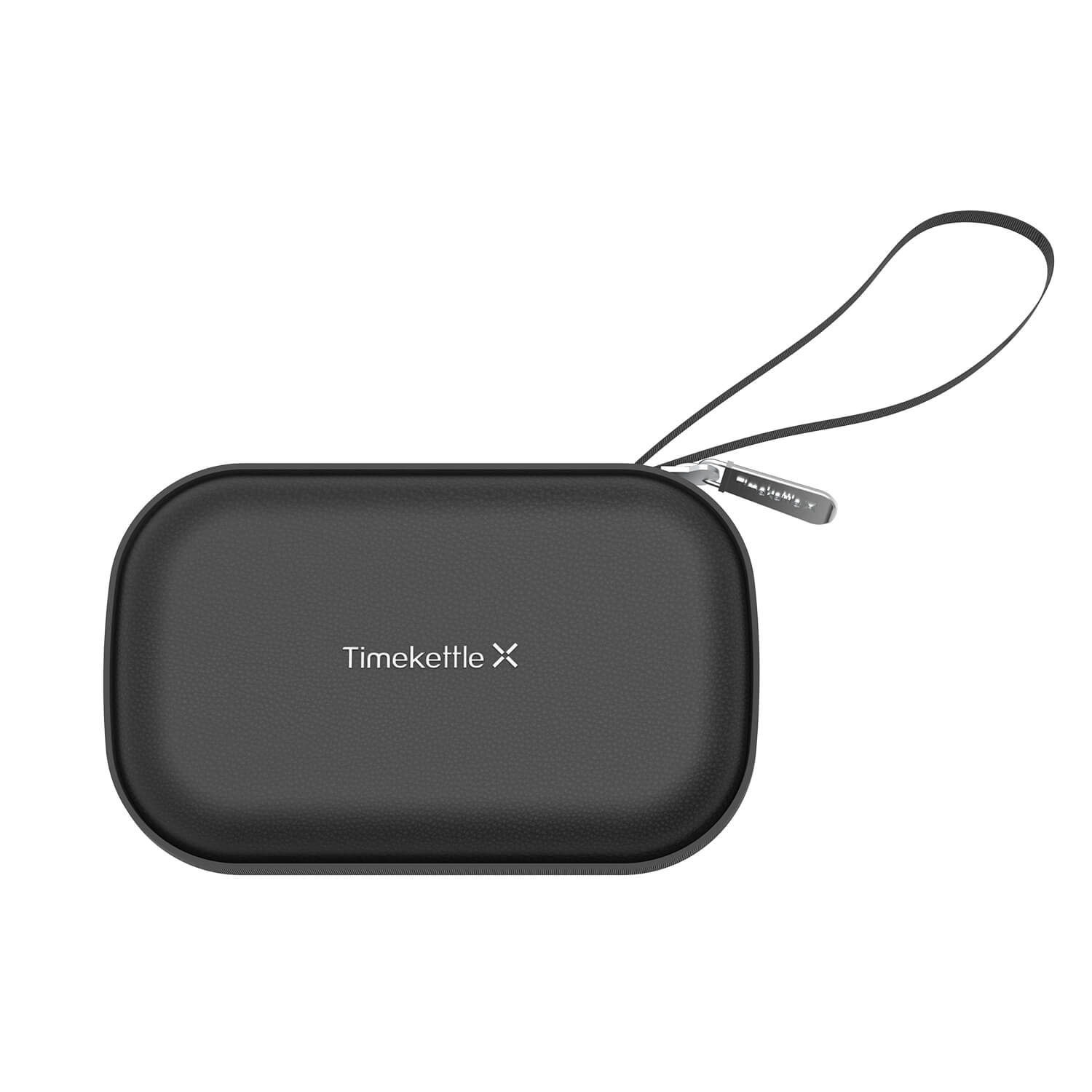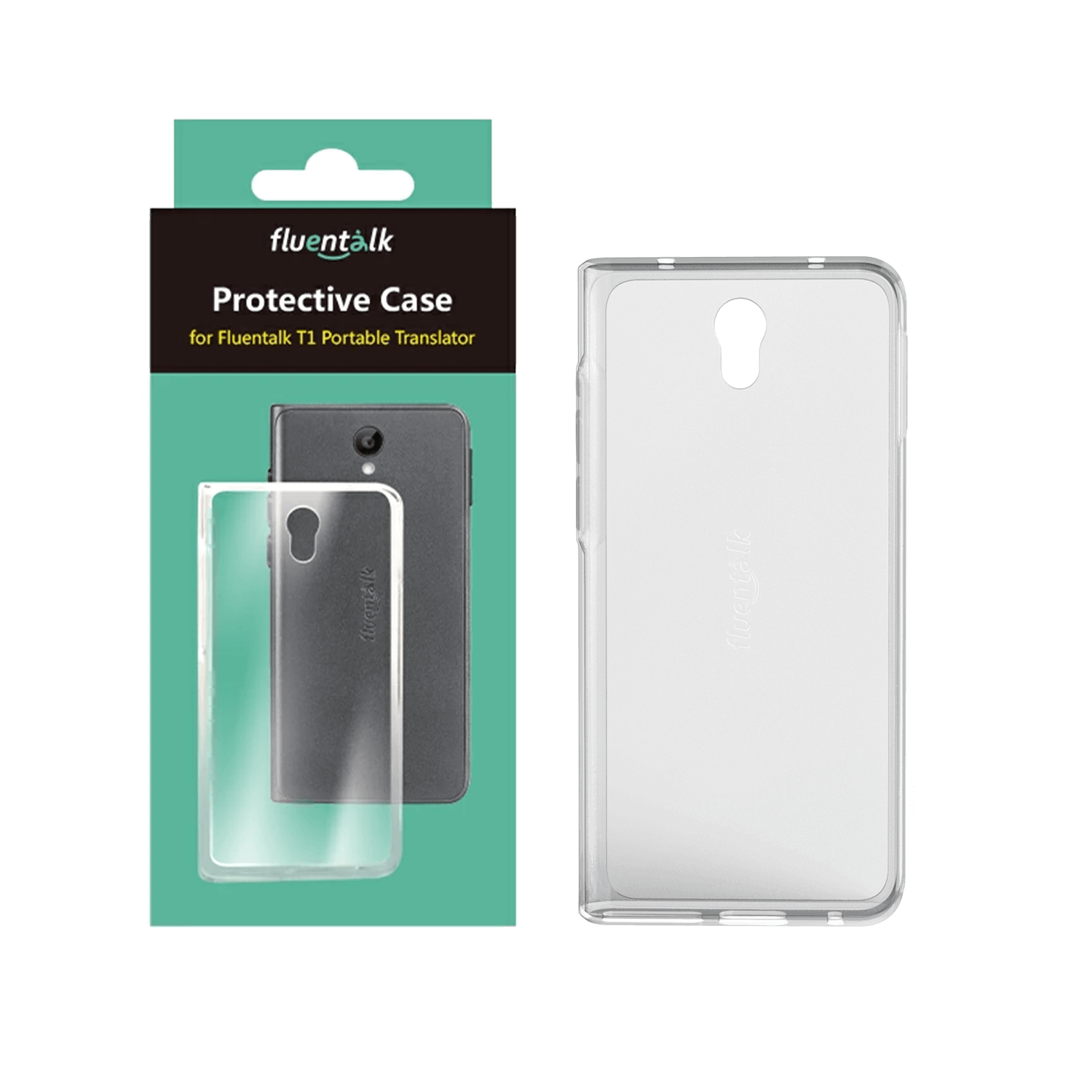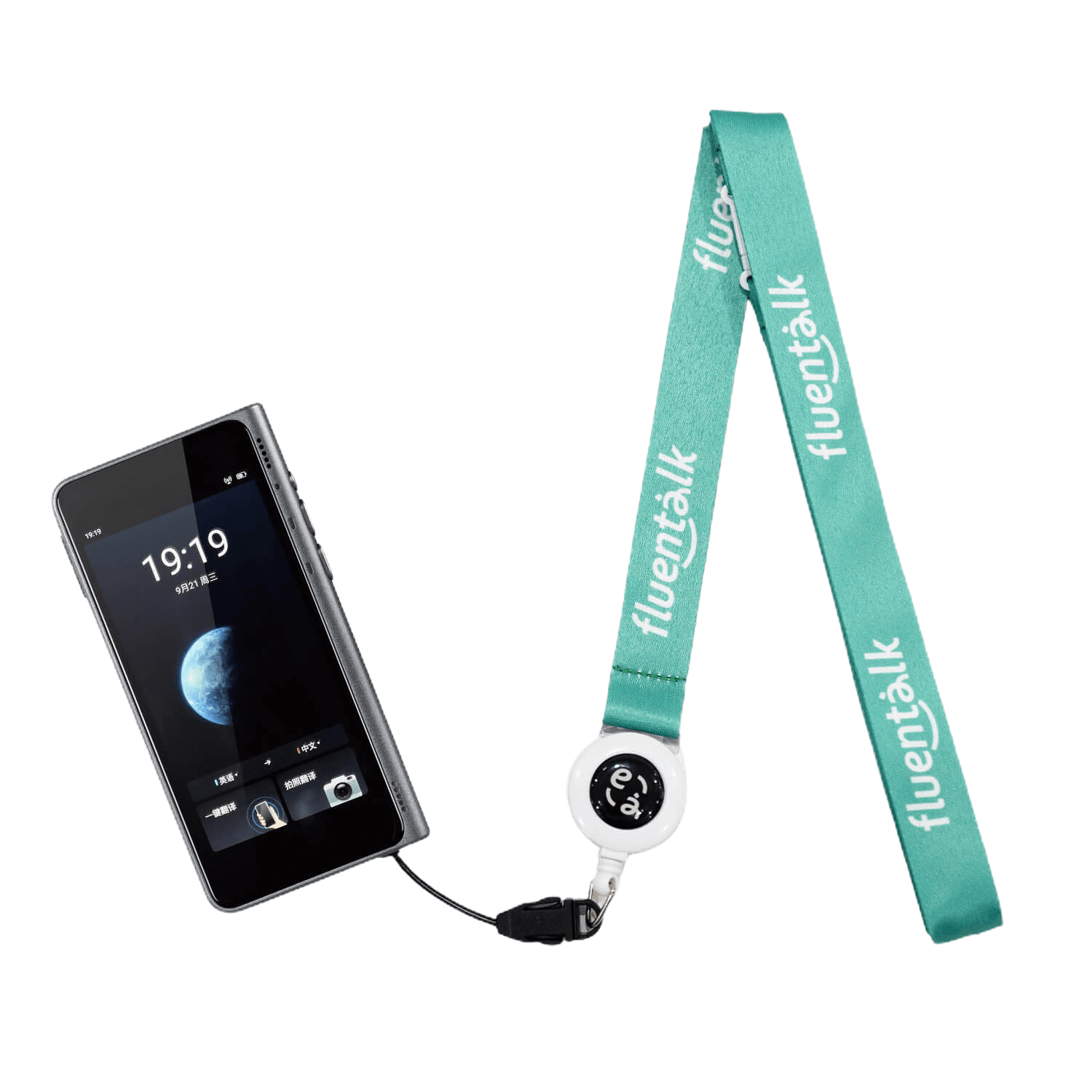- Hogar
- Blogs
Pocket Translator Device vs Translation App: Which One Reigns Supreme in 2025
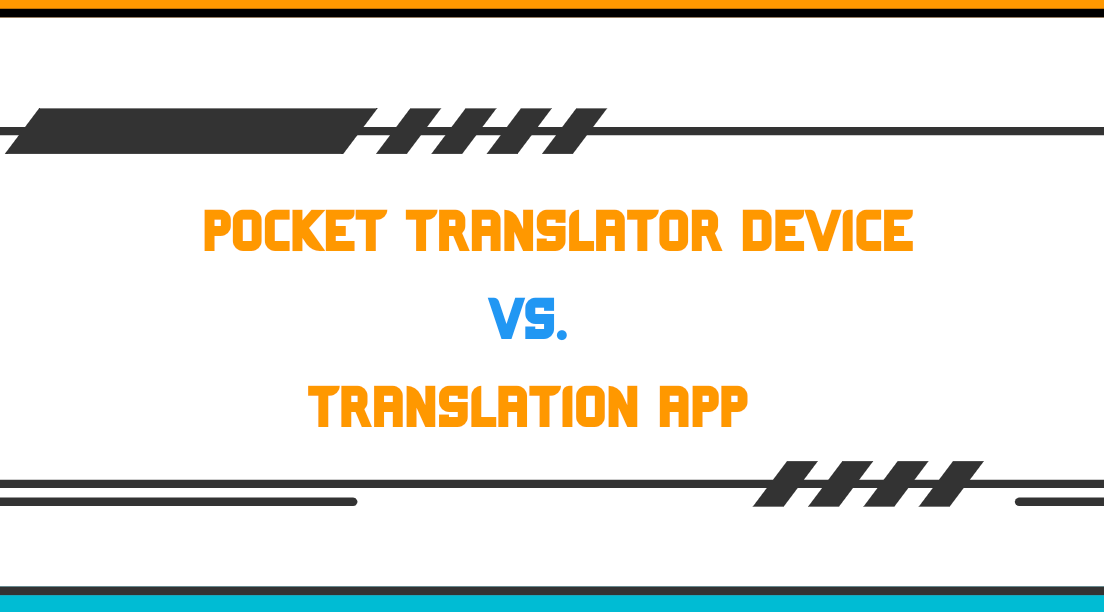
In today’s world we live in, language translation has never been more important. As we navigate the complexities of a globalized world, breaking down language barriers is key for personal and professional communication. This article looks at the two main options for on-the-go translation: pocket translator devices and translation apps. We’ll explore their features, compare them and help you decide which one is best for your language translation needs in 2025.
Pocket translator devices and translation apps have become powerful tools to bridge the language gap. Whether you’re a frequent traveller, international business person or just someone who wants to connect across cultures, understanding the pros and cons of these translation options is key to making an informed decision.
As we go on this comparison journey, we’ll look at various aspects of both pocket translator devices and translation apps including accuracy, language coverage, connectivity requirements, ease of use and additional features. By the end of this article you’ll know how these technologies stack up against each other in the ever changing landscape of language translation.
Understanding Pocket Translator Devices
What are pocket translator devices?
Pocket translator devices are dedicated electronic translators designed for portable, on-the-spot language translation. These compact gadgets are engineered to provide quick and accurate translations without the need for a separate smartphone or tablet. Typically, they come equipped with a microphone for voice input, a speaker for audio output, and a screen for displaying translations.
Key features of popular devices
- Timekettle: Recognized experts in the industry, leading technology! The latest W4 translation earbuds are the world's first bone-conduction interpreter earbuds
- Vasco Translator M3: Known for its extensive language support and offline capabilities.
- Pocketalk: Praised for its user-friendly interface and real-time conversation mode.
- Langogo: Offers AI-powered translations and built-in global WiFi.
- Two-way simultaneous translation
- Offline translation for select languages
- Long battery life
- Durable, travel-friendly design
- Built-in SIM cards for global connectivity

How pocket translators work
- The user speaks into the device or types text for translation.
- The device processes the input, identifying the source language if not specified.
- The translation engine, powered by AI, converts the input to the target language.
- The translated output is displayed on the screen and/or played through the speaker.
Many modern pocket translators also employ cloud-based translation engines when connected to the internet, ensuring up-to-date and improved translations.
Exploring Translation Apps
Overview of popular translation apps
- Google Translate: Known for its extensive language support and integration with other Google services.
- Microsoft Translator: Offers real-time conversation translation and supports numerous languages.
- iTranslate: Popular for its user-friendly interface and offline translation capabilities.
These apps leverage the processing power and connectivity of smartphones to deliver quick and accessible translations.
Related Reading: How Accurate is Google Translate?
Key features and functionalities
- Text translation: Input text manually or by copying and pasting.
- Voice translation: Speak into the app for instant translation.
- Camera translation: Use your phone's camera to translate text in real-time.
- Conversation mode: Facilitate bilingual conversations with real-time translation.
- Offline translation: Download language packs for use without internet connectivity.
- Language detection: Automatically identify the source language.
- Pronunciation guides: Learn how to pronounce translated words and phrases.
How translation apps operate on smartphones
- User input: The app receives input through text, voice, or camera.
- Processing: The app's algorithm processes the input, often sending data to cloud servers for translation.
- Translation: The app uses machine learning models to generate the translation.
- Output: The translated text is displayed on the screen or played as audio.
Many apps also use the phone's GPS for location-based language suggestions and cloud synchronization for saving translation history across devices.
Comparison: Pocket Translator Devices vs. Translation Apps
Translation Accuracy
When it comes to translation accuracy, both pocket translator devices and translation apps have made significant strides in recent years. However, there are some notable differences:
Accuracy rates:
- Pocket translator devices often boast higher accuracy rates for specific language pairs, as they are designed and optimized for translation tasks.
- Translation apps generally offer good accuracy across a wide range of languages but may struggle with nuanced or context-dependent translations.
- Pocket translator devices frequently excel in handling complex sentences and idiomatic expressions, especially within their supported language pairs.
- Translation apps have improved in this area but may still struggle with highly context-dependent phrases or culturally specific idioms.
Language Coverage
- Translation apps typically offer a wider range of supported languages, with some supporting over 100 languages.
- Pocket translator devices often support fewer languages but may provide more comprehensive coverage for those languages. Please note that there are many false advertisements on the market that claim to support more than 100 languages but actually do not support that many.
- Translation apps generally have an advantage in supporting rare or less commonly spoken languages.
- Pocket translator devices may offer more specialized support for specific language pairs, including some less common languages.
Internet Connectivity
- Pocket translator devices often come with built-in offline translation capabilities for select languages, making them useful in areas with limited internet access. For example, Timekettle W4 supports 13 Pairs of Languages Offline Translation Package, which allows you to easily use translation in places without network or signal.
- Translation apps increasingly offer offline translation options, but these may be limited in scope compared to their online capabilities.
- Many pocket translator devices come with built-in SIM cards and global data plans, like Timekettle New T1 handheld translator device, ensuring connectivity in multiple countries without additional costs.
- Translation apps rely on the user's smartphone data plan or Wi-Fi connection, which may incur roaming charges when traveling internationally.

Ease of Use
- Pocket translator devices typically feature simple, dedicated interfaces designed specifically for translation tasks.
- Translation apps benefit from the familiar smartphone interface but may require navigating through other phone functions.
- Pocket translator devices often have a shorter learning curve due to their focused functionality.
- Translation apps may require more time to explore all features but benefit from users' familiarity with smartphone operations.
Battery Life and Portability
- Pocket translator devices generally offer longer battery life, often lasting several days on a single charge.
- Translation apps consume smartphone battery, which may already be in use for other purposes during travel.
- Pocket translator devices are designed to be compact and portable, often fitting easily into a pocket or small bag.
- Translation apps don't require carrying an additional device but rely on having your smartphone with you at all times.
Additional Features
- Both pocket translator devices and translation apps offer voice translation capabilities.
- Pocket translator devices may have an edge in noisy environments due to specialized microphones.
- Translation apps often provide more advanced image translation features, leveraging smartphone cameras.
- Some high-end pocket translator devices now include image translation capabilities.
- Both options typically offer conversation mode for real-time bilingual communication.
- Pocket translator devices may provide a more natural conversation flow with dedicated buttons and speakers.
Cost Analysis
Initial investment: Device cost vs. app cost
When considering the financial aspect of choosing between a pocket translator device and a translation app, it's important to look at both the upfront costs and long-term expenses.
Pocket translator devices:
- Initial cost: Typically range from $100 to $300 or more, depending on features and brand.
- One-time investment for a dedicated translation tool.
- Higher upfront cost but potentially more cost-effective for frequent travelers or those needing regular translations.
- Many basic translation apps are free to download and use.
- Premium versions or advanced features may require in-app purchases or subscriptions, usually ranging from $5 to $20 per month.
- Utilizes the smartphone you already own, avoiding the need for an additional device purchase.
Long-term expenses: Data plans, updates, and maintenance
- Some devices come with built-in SIM cards and global data plans, which may require annual renewals or pay-as-you-go options.
- Software updates are typically free but may require manual installation.
- Limited ongoing costs for maintenance, mainly battery replacement after extended use.
- May incur data charges when used without WiFi, especially when traveling internationally.
- Regular updates are usually free and automatic through app stores.
- No additional maintenance costs beyond normal smartphone upkeep.
When making your decision, consider your frequency of use, travel habits, and budget constraints. For occasional use, a translation app might be more cost-effective, while frequent travelers or those working in multilingual environments might find the investment in a pocket translator device more worthwhile in the long run.
Ideal Use Cases
When to choose a pocket translator device
- Frequent international travel: Ideal for those who often find themselves in countries where they don't speak the local language.
- Business meetings in foreign countries: Provides quick, accurate translations without the distraction of a smartphone.
- Off-the-grid adventures: Perfect for areas with limited or no internet connectivity.
- Extended stays abroad: Offers a dedicated tool for daily communication needs without draining smartphone battery.
- Senior travelers: Provides an easy-to-use, dedicated device with simple buttons and clear audio output.
When a translation app might be sufficient
- Occasional travel: Adequate for infrequent trips or short-term visits to foreign countries.
- Urban exploration: Works well in cities with reliable WiFi or data coverage.
- Students learning a new language: Offers a convenient tool for quick translations during study sessions.
- Casual conversations with foreign language speakers: Provides on-the-spot translation for impromptu chats.
- Reading foreign language texts or menus: Utilizes smartphone cameras for quick visual translations.
Ultimately, the choice between a pocket translator device and a translation app depends on your specific needs, travel frequency, budget, and personal preferences. Consider your typical usage scenarios and choose the option that best aligns with your lifestyle and communication requirements.
Pocket Translator Devices vs Translation Apps (2025 Comparison Chart)
| Aspect | Pocket Translator Devices | Translation Apps |
|---|---|---|
| Accuracy | Optimized for translation, often more accurate for supported language pairs & idioms | Good overall, wide coverage, may struggle with nuanced or context-heavy phrases |
| Language Coverage | Supports fewer languages but deeper optimization for each | Supports 100+ languages, stronger for rare/less common languages |
| Connectivity | Built-in SIM & offline modes for select languages; reliable in no-internet areas | Needs WiFi/data; offline packs available but limited |
| Ease of Use | Simple, dedicated interface; short learning curve | Runs on smartphone; familiar UI but more features to navigate |
| Battery & Portability | Long-lasting (days per charge), compact, travel-friendly | Uses smartphone battery (drains quickly if used often) |
| Extra Features | Two-way voice translation, some with image/camera translation, durable hardware | Text, voice, camera, conversation mode, pronunciation guides, cultural context |
| Cost | $100–$300+ upfront; little ongoing cost, SIM/data optional | Free basic apps; premium features $5–$20/month; uses existing smartphone |
| Best For | Frequent travelers, business meetings, offline use, seniors | Occasional travelers, students, casual users, urban exploration |
Future of Translation Technology
The landscape of translation technology is rapidly evolving, with exciting developments on the horizon for both pocket translator devices and translation apps.
Emerging trends:
- Augmented Reality (AR) integration: Future devices and apps may overlay translations directly onto real-world objects through AR glasses or smartphone cameras.
- Enhanced AI and machine learning: Improvements in natural language processing will lead to more accurate and context-aware translations.
- Real-time earpiece translators: Compact, in-ear devices that provide instantaneous audio translations are becoming more sophisticated.
- Increased accuracy for idiomatic expressions and cultural nuances
- Expanded offline capabilities for both devices and apps
- Integration with other travel and productivity tools
- Improved handling of dialects and regional language variations
As technology advances, the line between pocket translator devices and translation apps may blur, with each adopting the strengths of the other. Users can look forward to more seamless, accurate, and context-aware translation experiences in the coming years.
Conclusion
There’s no one size fits all in the pocket translator vs translation app battle. Both have their strengths and are getting better to meet the needs of users in our globalized world.
Pocket translators offer dedicated functionality, often with better accuracy and offline capabilities, so are perfect for frequent travellers and those working in multilingual environments. Translation apps offer convenience and versatility, as you already have a smartphone in your pocket.
Your choice should be based on travel frequency, budget, language needs and personal preference. Whatever you choose, both pocket translators and translation apps are great tools to break down language barriers and global communication.
FAQs
-
Can pocket translator devices completely replace human translators?
While pocket translator devices have made significant advancements, they cannot fully replace human translators, especially for complex or nuanced communications. Human translators offer contextual understanding, cultural sensitivity, and adaptability that machines currently cannot match. However, for basic to intermediate translation needs, pocket translator devices can be highly effective and convenient. -
Are translation apps as accurate as dedicated devices?
Translation apps have improved dramatically in recent years and can often match the accuracy of dedicated devices for many common languages and simple translations. However, pocket translator devices may still have an edge in accuracy for specific language pairs and more complex sentences, as they are optimized solely for translation tasks. -
Do I need an internet connection to use a pocket translator device?
Many pocket translator devices offer offline translation capabilities for a selection of languages. However, the most up-to-date and comprehensive translations often require an internet connection. Check the specifications of the specific device you're considering to understand its offline capabilities. -
How do pocket translators handle regional dialects and slang?
Handling regional dialects and slang remains a challenge for both pocket translator devices and apps. While they are improving in this area, they may struggle with highly localized expressions or rapidly evolving slang. Some high-end devices and apps are beginning to incorporate dialect options for major languages, but human understanding is still superior for these nuanced aspects of language. -
Can translation technology help with language learning?
Yes, translation technology can be a valuable tool for language learners. It can help with vocabulary acquisition, pronunciation practice, and understanding sentence structures. However, it should be used as a supplementary tool rather than a replacement for structured language learning. The instant feedback and accessibility of translation tech can enhance the learning process when used in conjunction with traditional study methods and language immersion experiences.





